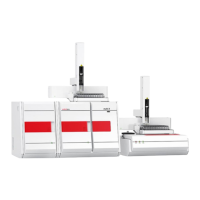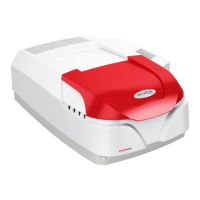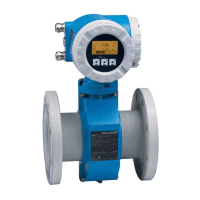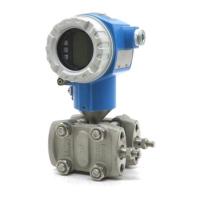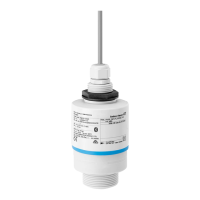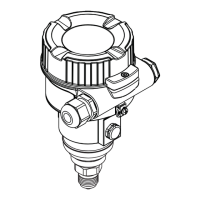Operation multi N/C 2100S
56
the target concentration) and select the corresponding analysis report via the button
[A
DD MEASURING POINT].
Note:
Measuring points can only be added individually.
6.3.4 Linking calibration parameters to a method
Link calibration parameters to a method as follows:
1. Select an appropriate calibration range for the respective parameters (e.g.
NPOC/TN).
Note:
Up to three linear calibration ranges for each parameter can be stored in a method. It
should be ensured that the ranges merge and do not have any gaps! Using calibration
function with quadratic regression only one calibration range can be stored in a method.
2. For each selected calibration range and analysis parameter to be linked enable the
field
USE CALIBRATION with ().
Note:
Not all calibrated parameters need to be linked to the method.
3. Click on the button [L
INK WITH METHOD].
4. Answer the subsequent query "Link to calibrated method?"
• [Y
ES] the link is made with the calibrated method (default)
• [N
O] the calibration parameters are linked to the selected method
Note:
The method parameters of the calibration and the selected method are not checked!
The user must always decide whether such a procedure can be applied to the concrete
analytic objective in hand.
5. In the window L
INK WITH METHOD: XXX that opens the existing current calibration
coefficients (right-hand column) and the newly determined calibration coefficients
(left-hand column) are displayed and can be compared.
Note:
The display of the corresponding parameters (e.g. NPOC/TN) can be changed

